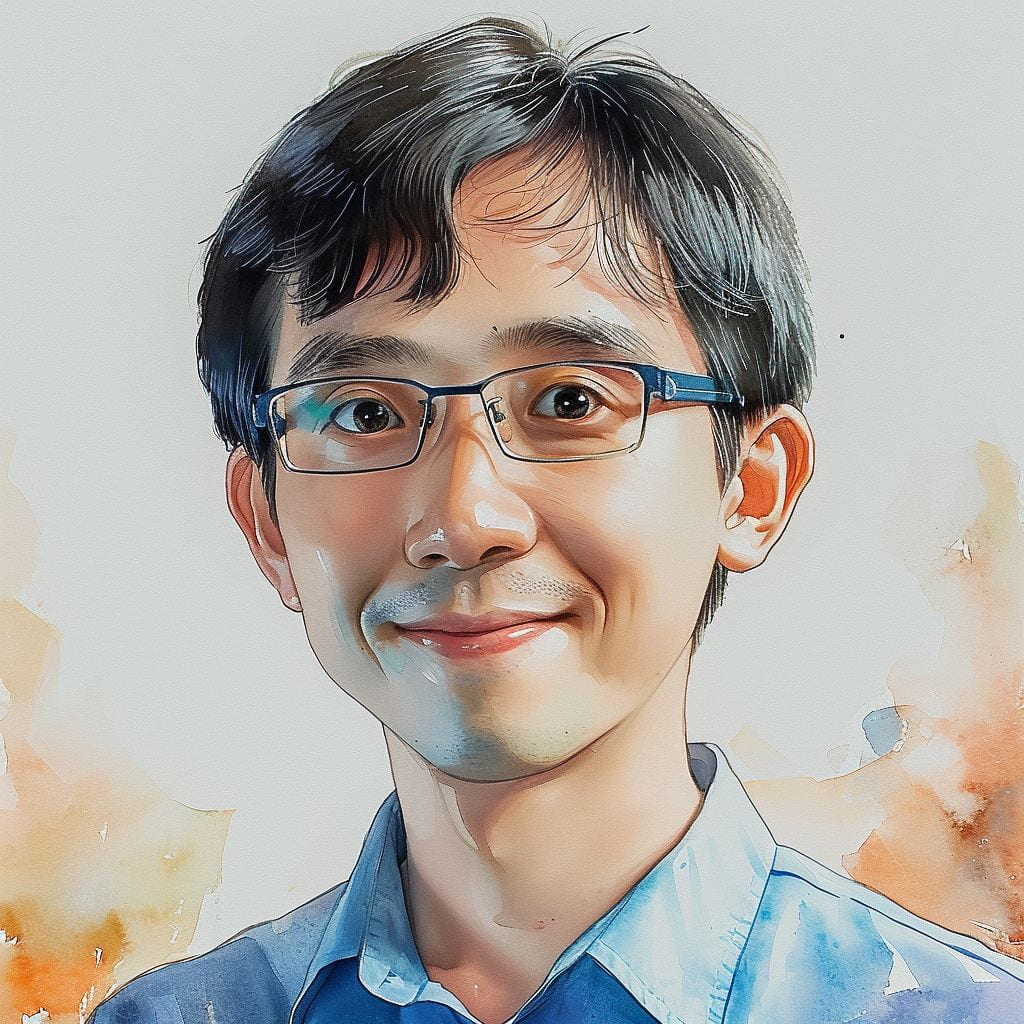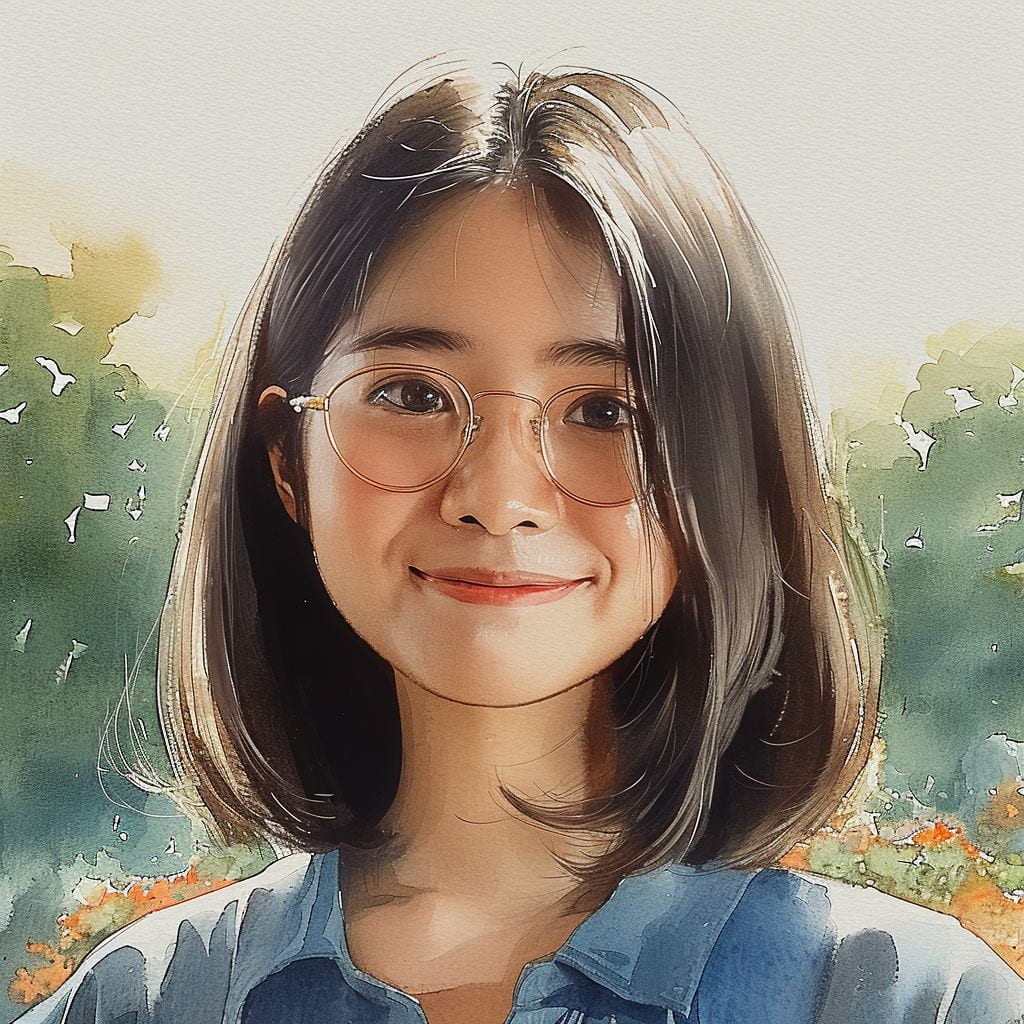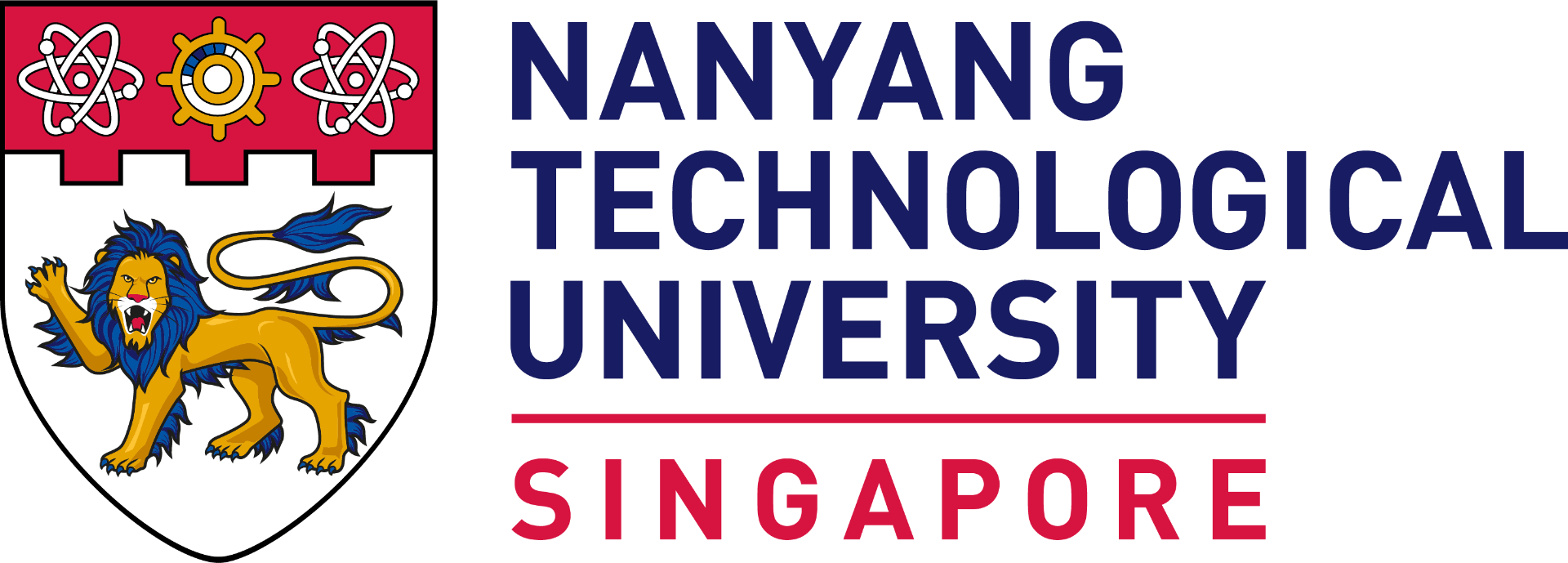See how NTU students from diverse fields experiment with artificial intelligence (AI) to push the boundaries of learning and redefine what is possible
by Tan Zi Jie, Kenny Chee + ChatGPT
IN WRITING
Waai – the AI-driven tool by students for students
Four NTU students, along with their university mentors, have created Waai, an AI-powered writing app. It guides undergraduates through their first university writing class.
“I was excited yet nervous about joining the team, as I had never made an app of this scale. But I was drawn to the challenge and opportunity of working with people from different backgrounds,” says Yajat Gulati, a second-year student at the School of Computer Science & Engineering.
“With members from the humanities, art, design and media, as well as computer science, we filled in for each other’s gaps to solve a big puzzle,” shares Azra Kukuljac, whose expertise is in visual communication.

From left: Yajat Gulati, Computer Science student; Alicia Ng & Azra Kukuljac, Art, Design & Media students; Choo Shuen Ming, Humanities student; Dr Angela Frattarola and Dr Joanne Chia from NTU’s Language & Communication Centre and visual communicator Asst Prof Lisa Winstanley.
“An educational setting like a university is the best place to experiment with AI as it opens up many possibilities.”
– Yajat
DESIGNING FOR THINKING
Motivated by the chance to apply their user design skills to a real-life application, Azra and Alicia Ng, both second-year Art, Design & Media students, joined the Waai team as part of NTU’s work-study programme.
“We invested a lot of time and effort to design the user experience, crafting elements like the logo and chatbot from scratch. When we heard the favourable feedback on the app’s aesthetics and branding, we were really satisfied,” says Alicia. “Nothing beats knowing my work will help other students to build their writing confidence and produce compelling pieces,” Azra adds.
BUILDING WAAI BYTE BY BYTE
To build the platform, the team enlisted the expertise of their tech-savvy peer, Yajat. Working with language experts, the NTU student engineered detailed and specific backend prompts for ChatGPT-3.5, shaping Nudgey chatbot’s responses to users with precision and thoughtfulness.
The app follows an iterative process inspired by design thinking. After rolling out the first version last semester, the team continually collects feedback to gauge its impact on student learning. Final-year Humanities student Choo Shuen Ming was brought in to gather user feedback through focus group sessions.
“These students have gained valuable hands-on experience in the fields they want to join after graduation,” says language lecturer Dr Joanne Chia, who guided the team.
UNIVERSITY – THE BEST PLACE TO EXPERIMENT
While Waai is only in its infancy, Yajat is excited about what it means for the future. He says: “An educational setting like a university is the best place to experiment with AI as it opens up many possibilities.”
“While some of these early AI projects may succeed more than others, they can pave the way for innovative approaches to learning. It’s thrilling to be part of this movement and to see how we might shape the future of education,” he adds.
The big idea
It’s 2am and you’re staring at your laptop screen, filled with drafts of your essay titled “CC1 article_v3b” and “CC1 article_Final_Final_I swear”. Wouldn’t it be great to have someone confirm that you’re on the right track, right now?
Someone or something like an AI-augmented writing and thinking app?

Visual: DALL-E
“Nudgey helps me break out of conventional thinking patterns. It gives quick access to relevant information and many ways to look at something, so I can explore broader, new ideas or drill down into overlooked aspects of my original subject.”
– Qixian
How AI helped
A small number of students taking the core module, Inquiry and Communication in an Interdisciplinary World, have started using Waai (on askwaai.com).
The AI-enhanced writing and thinking app created with the help of NTU students supplements in-class learning and sessions with tutors. Students use it as they work on their final assignment, a 1,200-word op-ed, a short magazine or newspaper column that expresses the writer’s argument on a certain topic.
“Waai is like a buddy that gives you step-by-step tips through 13 weeks of tutorials. Its Nudgey AI chatbot doesn’t just spit out answers like ChatGPT, since it’s a brainstorming tool that helps improve your writing,” says Tang Zhong Yi, a Communication Studies student.
As an AI chatbot based on ChatGPT-3.5, Nudgey has a menu of prompts that students can select to form sharper, tighter arguments.
First-year Data Science & Artificial Intelligence student Zhao Qixian says: “Nudgey helps me break out of conventional thinking patterns. It gives quick access to relevant information and many ways to look at something, so I can explore broader, new ideas or drill down into overlooked aspects of my original subject. It’ll ask me questions like, what if your topic didn’t exist?”
“The AI’s role is to assist, not replace, student effort and creativity,” shares Yajat Gulati, Waai’s programmer, a Computer Science student.
In creating Waai, its interdisciplinary team has carefully prioritised students’ data privacy and put in safeguards against AI-generated plagiarism. Aligned with NTU’s academic integrity guidelines, students must declare their use of generative AI (GenAI) in all work.

Waai’s Nudgey AI chatbot helps students think critically through close-ended prompts.
AI vs human?
While Waai nudges students to think critically, LLMs like ChatGPT can pose a challenge to students’ authentic voices.
Qixian says: “It’s getting harder for me to tell who came up with the idea first: Was it me or the AI?”
“However, since I decide which portions of the responses generated by AI end up in my paper, I’d like to think my originality is not limited by it,” says Clariss Lee, a first-year Bioengineering student. “I make it a point to write up my own piece of work before consulting AI, so I have a copy of my own ideas to start with,” she adds.
What’s next
Waai made its debut last semester in a trial run with 72 first-year undergraduates. The team behind it will continue to test it with small tutorial groups to gather their feedback and improve upon the app this semester.
How we used ChatGPT
We ran drafts of each of the stories in this cover feature through ChatGPT, using it to condense, rewrite or edit paragraphs and sentences.
😊: ChatGPT swiftly explained technical concepts and did so accurately as the lines containing them were fact-checked with the real experts.
🤣: For one iteration of the TCM article, it kept associating TCM with magic spells and potions. It was hilarious.
How we used DALL-E
It visualised the students’ AI projects from text prompts.
😊: DALL-E offers an endless array of styles; try “lofi vibes” to get charming, aesthetic visuals.

Kenny

Zi Jie
This story was published in the Jan-Feb 2024 issue of HEY!. To read it and other stories from this issue in print, click here.

